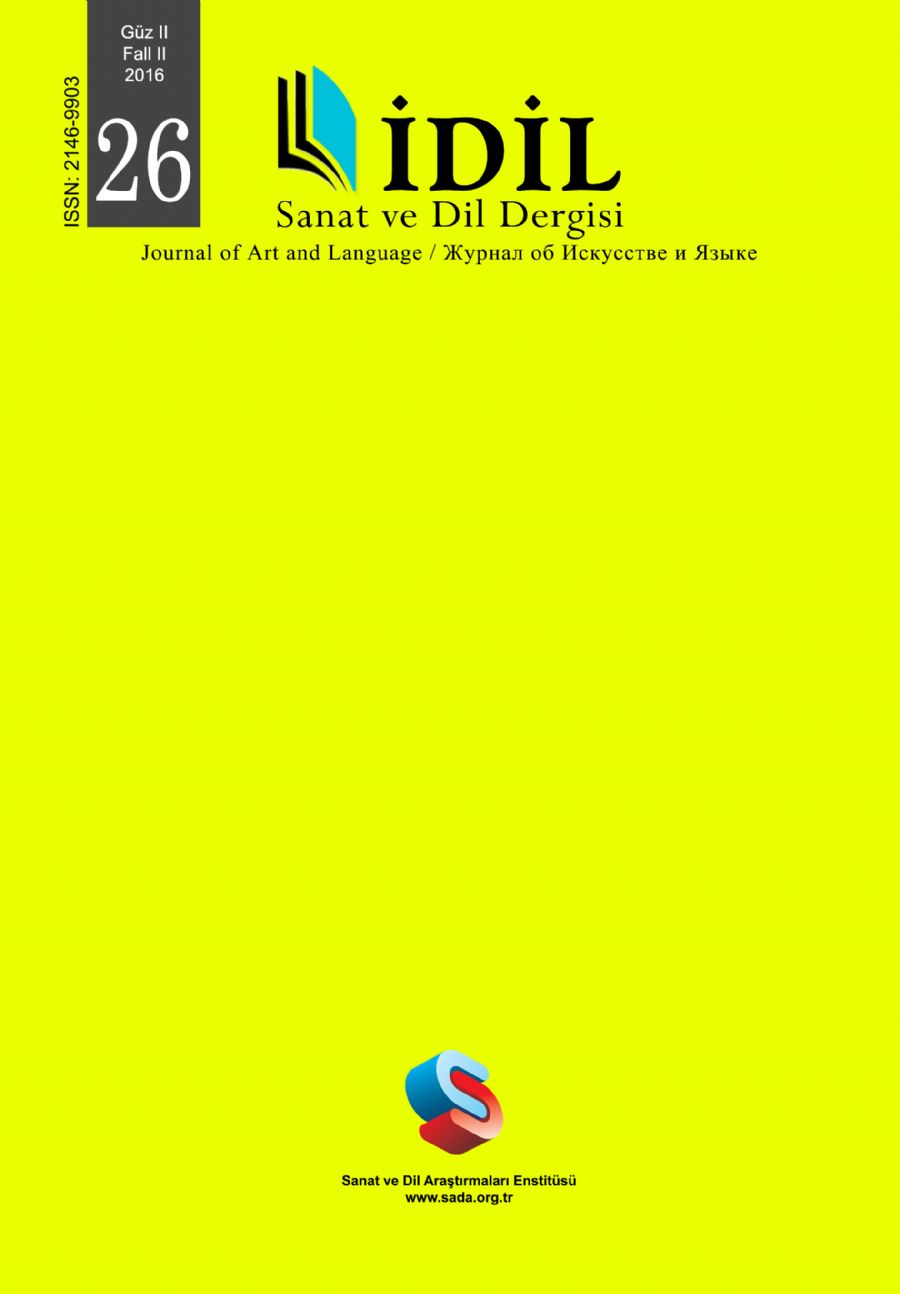SOKAK SANATI VE GRAFİTİNİN PEDAGOJİK BİR YÖNTEM OLARAK İŞLERLİĞİ
FUNCTIONALITY OF STREET ART AND GRAFITTI AS A PEDAGOGICAL INQUIRY
Author(s): Ali Şahan Kuru, Nur BalkırSubject(s): Education, Visual Arts, Sociology of Art
Published by: Sanat ve Dil Araştırmaları Enstitüsü
Keywords: Street Art; Grafiti; Authenticity; Art Education; pedagogy;
Summary/Abstract: The street art and grafitti can take up many forms from large sized murals to small hidden works, from the ones of political content to the visually spectacle, can be legally or illegally produced, and can include messages, phrases, slogans, and images. In developing democracies, where freedom of speech is constrained, street art and grafitti can play an important role in expressing social and environmental concerns. In Turkey, due to the accelerated control over the criticism regarding the status quo, street art has become an important means of free expression. This has brought about questions of whether grafiti and street art considered as art forms or the random act of vandalism. What makes a grafitti and street art “authentic”? How can they be definitive of the culture in which they are created? How is their spontaneity and temporality used as force for change? These are among the preliminary questions that this paper seeks to answer, and to that end, the paper explores how the language of street art of satire, hip-hop culture, commentary, and protest can contribute to art and design education, and what kind of methods of inquiry can be practiced.
Journal: İdil Sanat ve Dil Dergisi
- Issue Year: 5/2016
- Issue No: 26
- Page Range: 1645-1658
- Page Count: 14
- Language: Turkish

